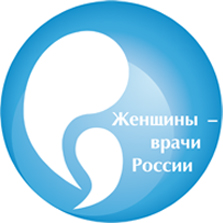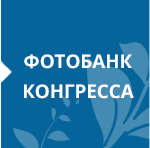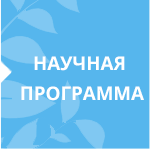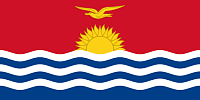
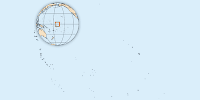
Republic of Kiribati
* State borders shown on the map are approximate
1. Statistics
Total population (2016) 114,000
Gross national product per capita (in international PPP dollars, 2013) 2,780
Life expectancy at birth m / f (years, 2016) 64/69
Probability of death (per 1,000 live births, 2018) before age five 52
Probability of death at the age of 15-60 m / f (per 1,000 people, 2016) 240/156
Total health expenditure per capita (Int. Dollars, 2014) 184
Total health spending as% of GNP (2014) 10.2
2. General information about the country
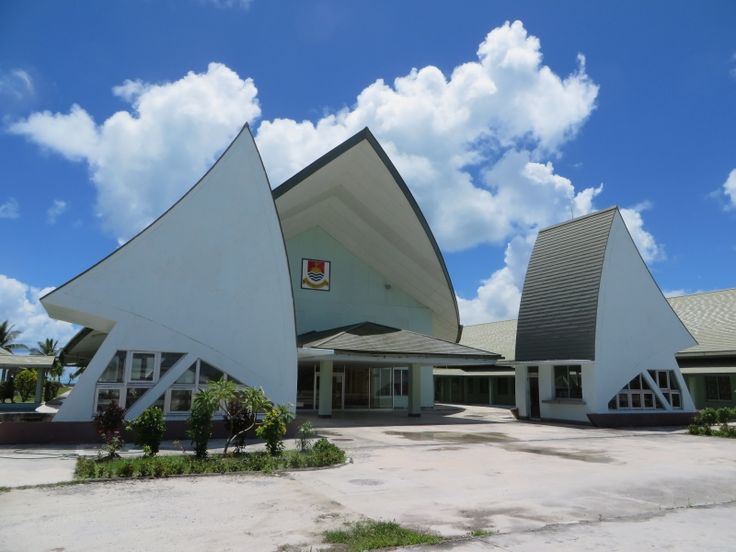
The Republic of Kiribati (Kirib. Ribaberiki Kiribati, English Republic of Kiribati) is a Pacific state located in Micronesia and Polynesia. Kiribati is bordered in the northwest by the waters of the Marshall Islands, the Federated States of Micronesia, in the west and southwest by the territorial waters of Nauru, the Solomon Islands and Tuvalu, and in the south and southeast by the territorial waters of Tokelau, the Cook Islands and French Polynesia. In the north and northeast, it is bordered by neutral Pacific waters, as well as the Outer Minor Islands (USA). The length of the coastal strip is 1143 km. Exclusive Coastal Economic Zone (EEZ) - about 3.5 million km². Territorial waters are about 22 km from the baseline.
The Republic of Kiribati includes 33 small atolls, twenty of which are uninhabited. Of these, 16 islands and atolls in the Gilbert Archipelago, Banaba Island (Ocean), 8 islands in the Phoenix Archipelago and 8 islands in the Line Archipelago. The total area is 812.34 km². The population of Kiribati is 103,058 people. (2010, census).
The capital is South Tarawa (Bairiki). The independence of the Gilbert Island colony from Great Britain was proclaimed on July 12, 1979, in the same year it was officially renamed the Republic of Kiribati. In 1983, a friendship treaty between the United States and Kiribati entered into force, according to which the United States renounced claims to 14 islands in the Line and Phoenix archipelagos, recognizing them as part of Kiribati.
The economy of the Kiribati islands is based on coconut plantations and pearl harvesting. The country is very poor in natural resources. For some time, phosphorites were mined here, but their reserves were depleted in 1979, so the government is currently selling fishing permits to other states for funding the budget. The country does not even have its own currency because the economy is very weak. The basis of life in the country is subsistence agriculture. Arable land is scarce and in short supply. The population grows papayas, yams, bananas, breadfruit and coconut trees for their own needs. Livestock raising is also underdeveloped. In the coastal waters, residents catch octopuses, fish and sharks. In the lands of the Phoenix Islands, attempts are being made to grow forests.
3. Health care system
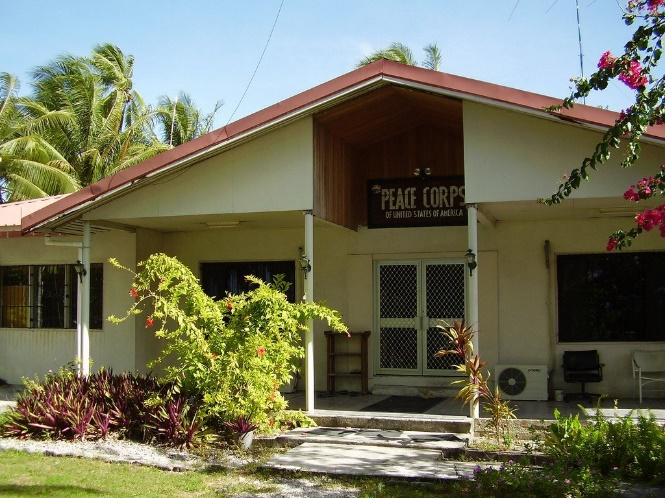
The level of health care represented by local medical institutions is low; there is still a shortage of medical equipment and qualified medical personnel in the country. Service even at the Central Hospital in Navevere (Tarawa) does not always meet European standards. All islands have only one ambulance.
A new and modern hospital is built in Bonriki, and there is also a good clinic in Betio. Most of the outer islands have small hospitals that send all seriously ill patients to Tarawa.
For everyone who visits Kiribati, it is recommended to have the necessary supply of medicines and even vitamins (local products are poor in them), and in case of chronic diseases - the entire set of necessary medicines, corresponding to the prescriptions signed by the doctor.
Text translated by a representative of «Russian Medical Women’s Association» Bondarenko Anastasia.
